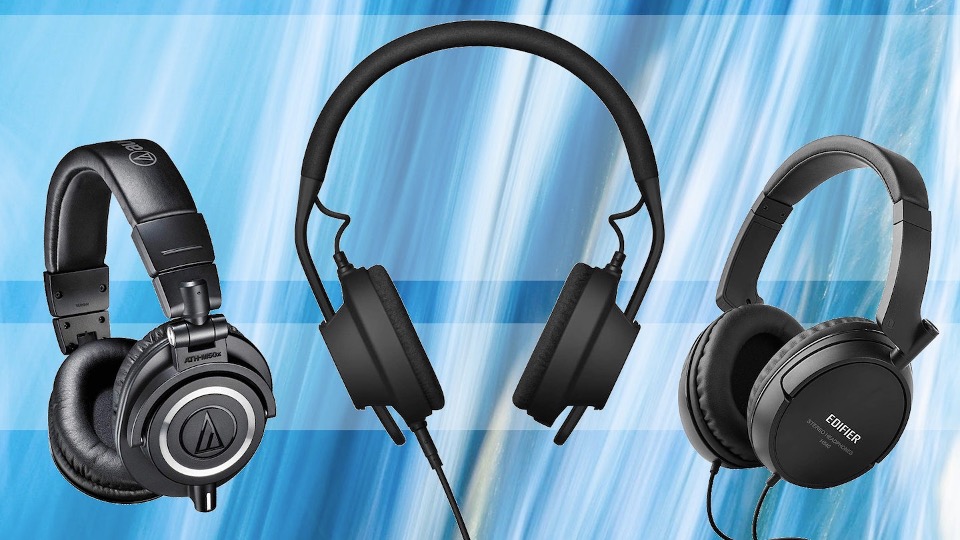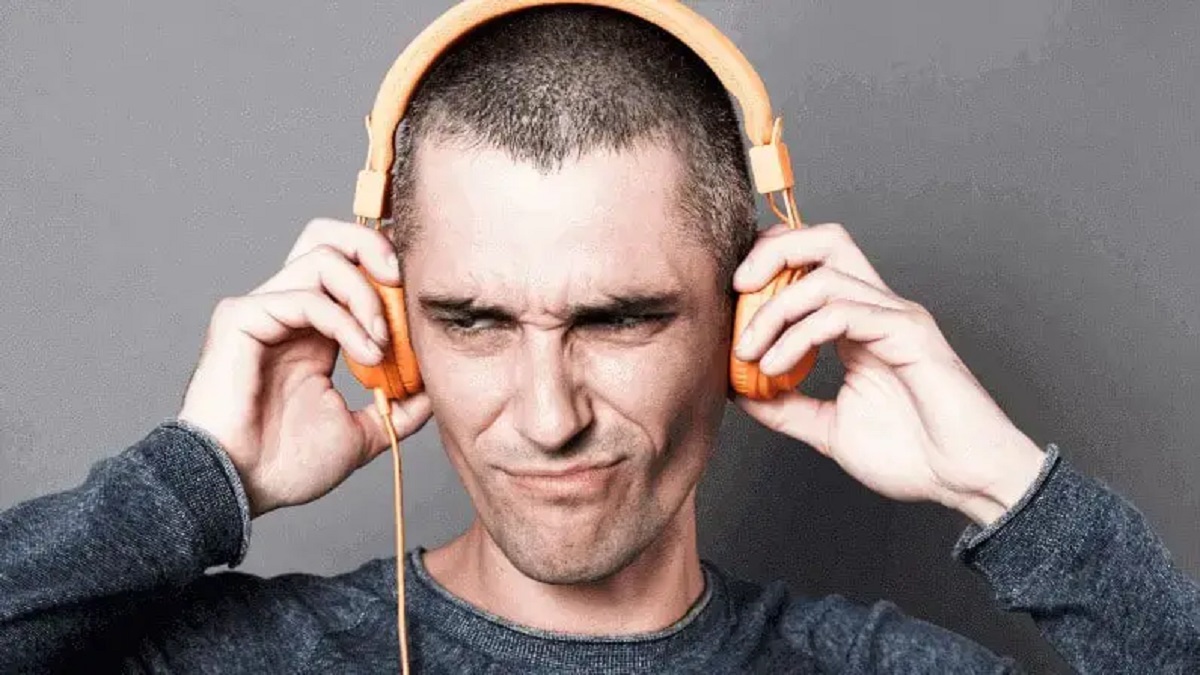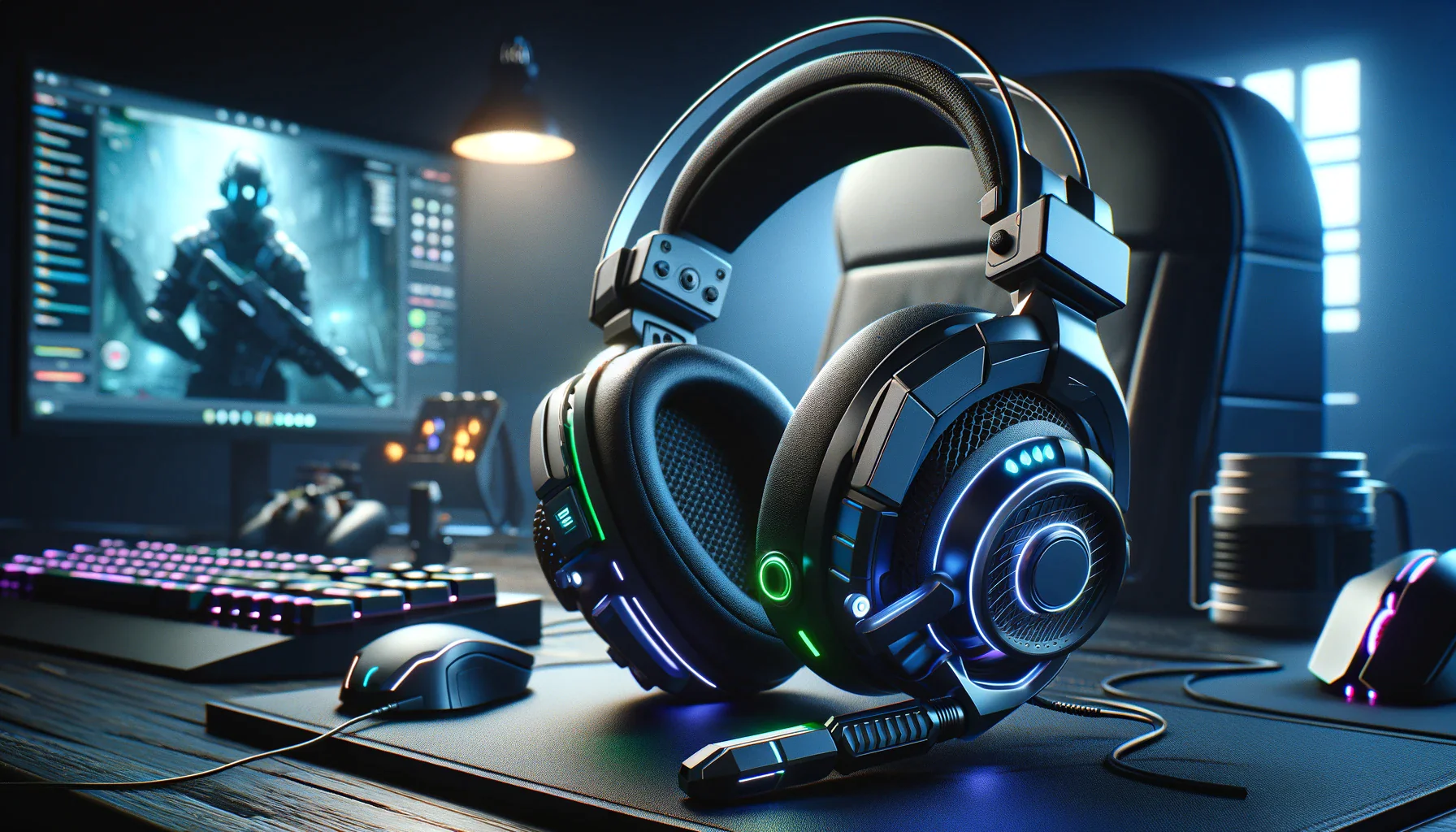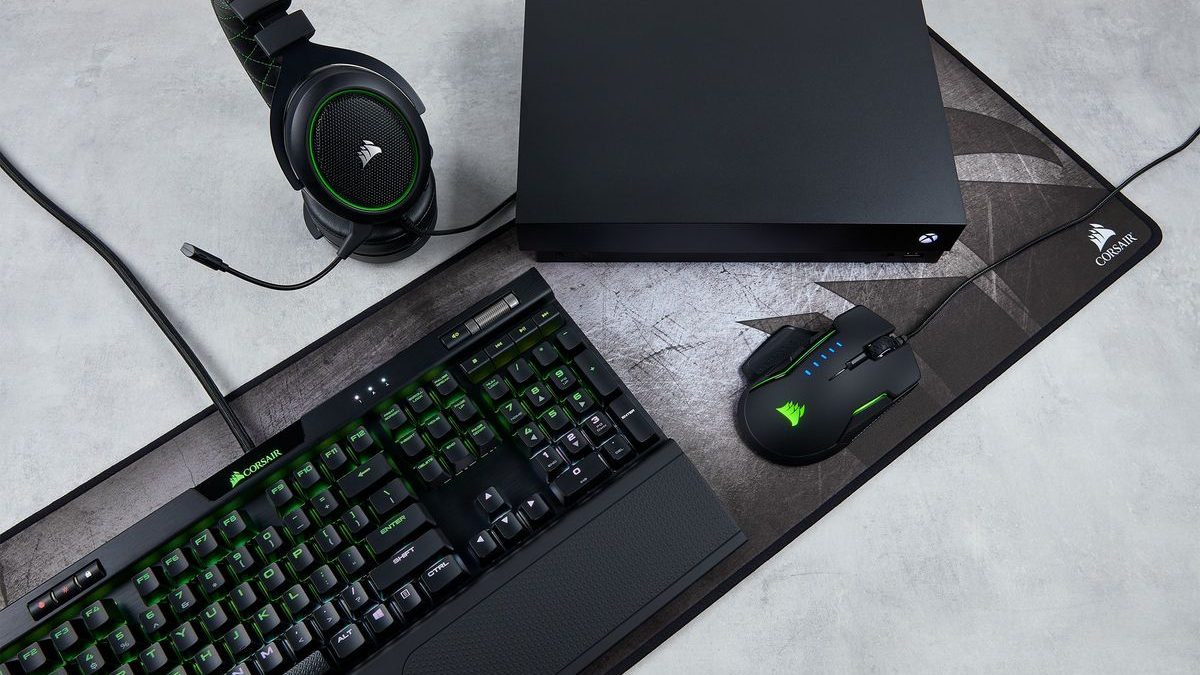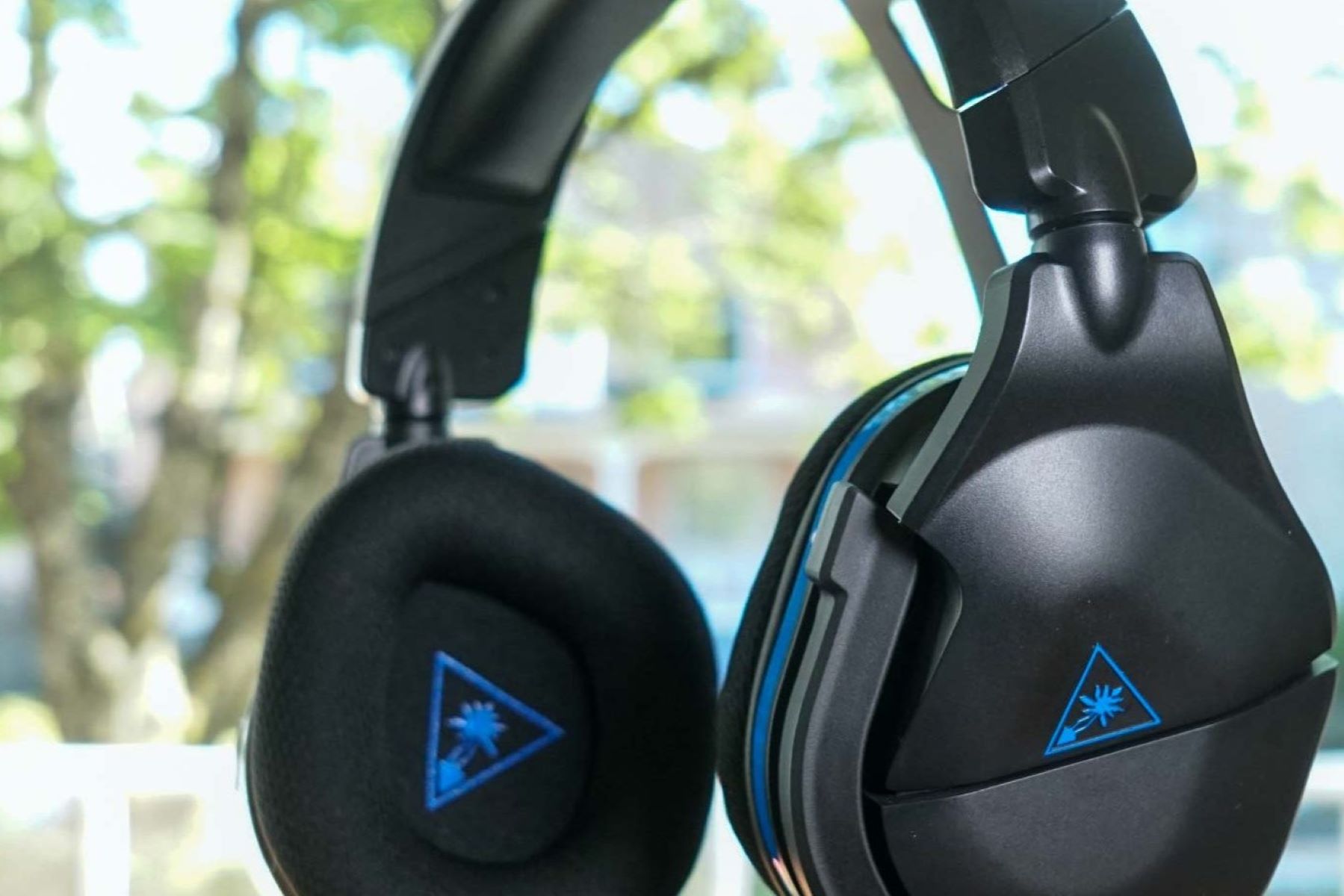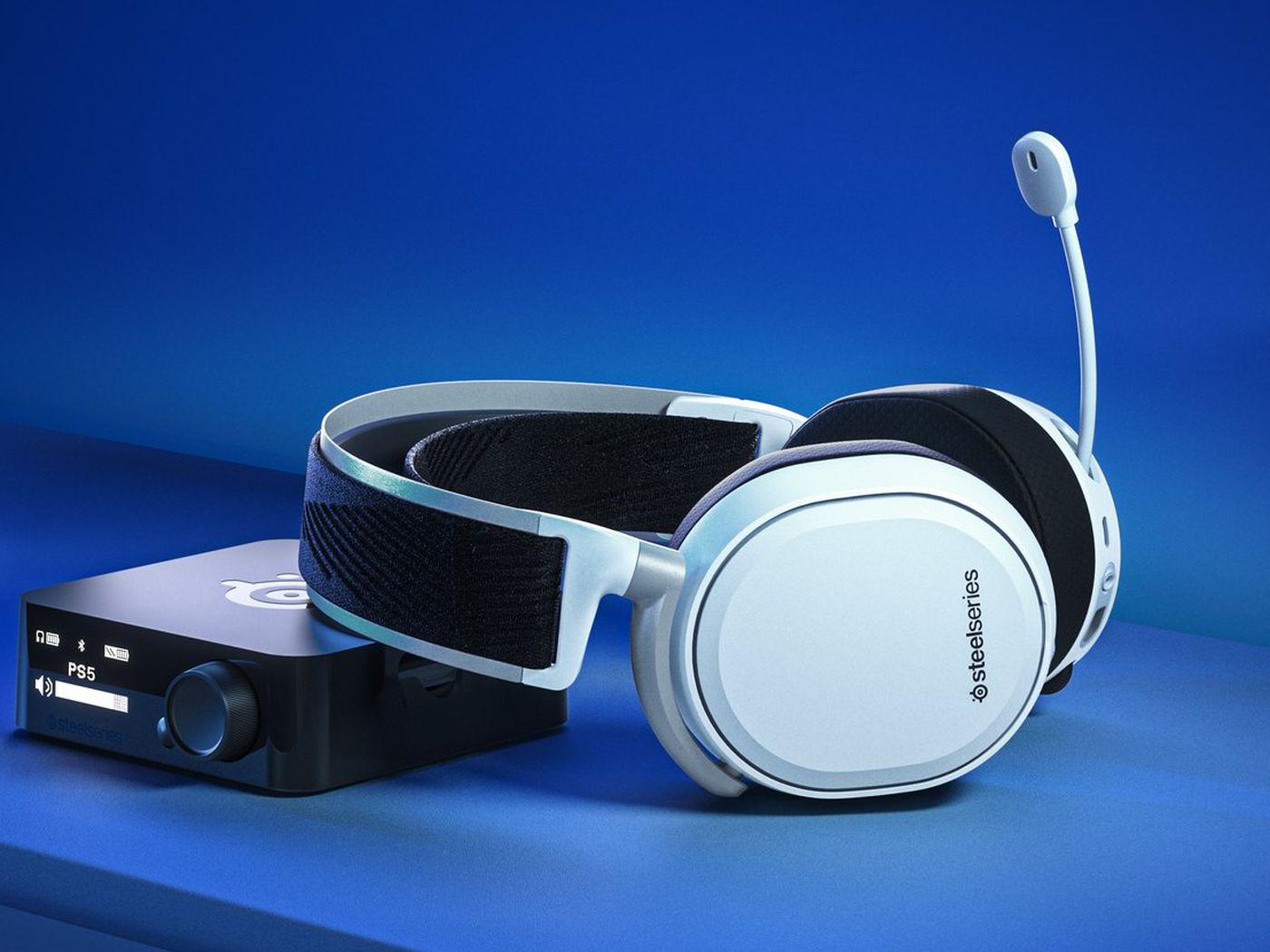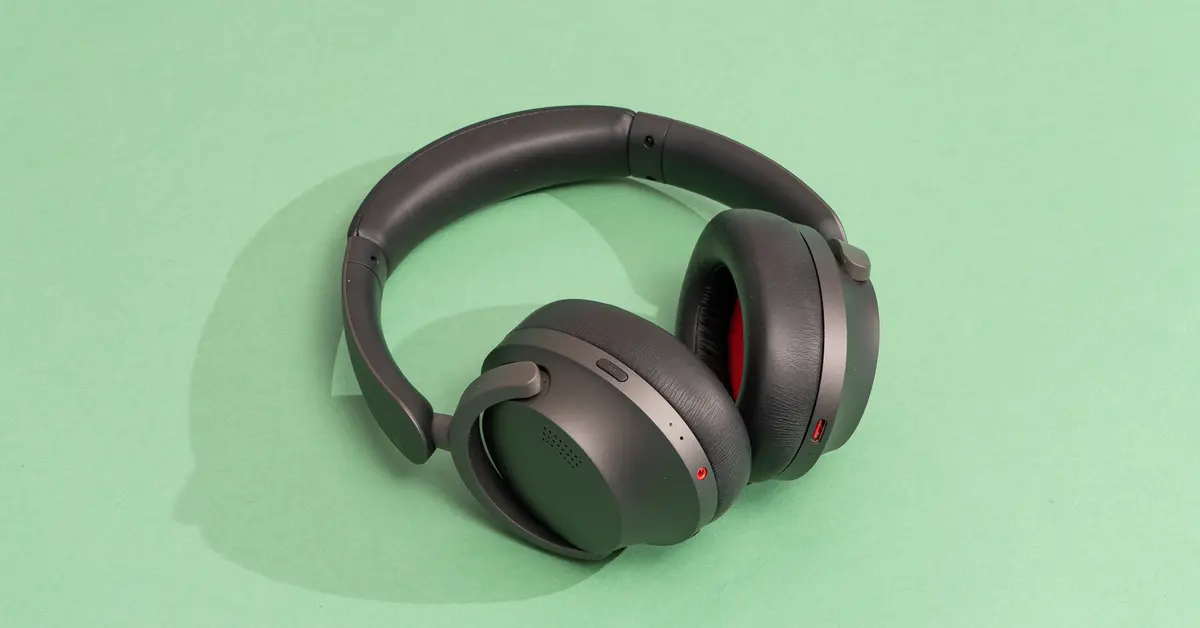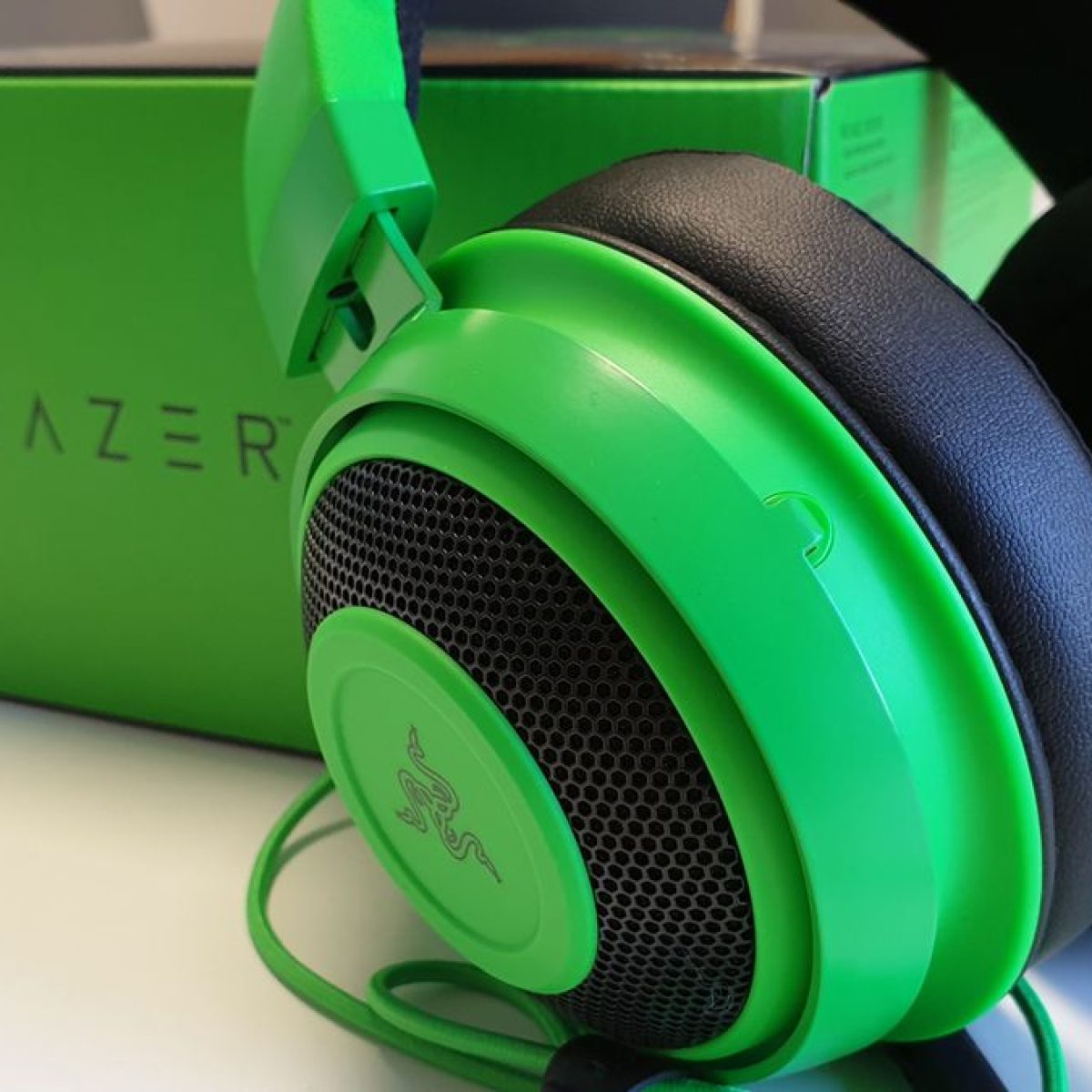Introduction
In the ever-evolving world of gadgets and gizmos, the ability to seamlessly connect our devices has become a fundamental aspect of our daily lives. Whether it's for work, leisure, or simply staying connected, the need for reliable audio connections is undeniable. From enjoying music on the go to engaging in important phone calls, the wired connection between our headsets and phones plays a pivotal role in our digital experiences.
The process of connecting a headset to a phone may seem straightforward at first glance, but the intricacies of wired audio connections can often present challenges. Understanding the nuances of these connections and troubleshooting common issues can significantly enhance the overall user experience. In this comprehensive guide, we will delve into the intricacies of wired audio connections, providing valuable insights into connecting your headset to your phone and addressing common issues that may arise along the way.
As we embark on this exploration, it's important to recognize the significance of wired audio connections in our daily routines. Whether you're a music enthusiast, a professional who relies on clear communication, or someone who simply values the convenience of hands-free functionality, the ability to seamlessly connect your headset to your phone is a game-changer. By gaining a deeper understanding of the underlying principles and troubleshooting techniques, you can elevate your audio experience and overcome potential hurdles with confidence.
Join us as we unravel the world of wired audio bliss, empowering you to make the most of your headset-phone connection and embrace the seamless integration of these essential devices. Let's embark on this journey of discovery, where every connection holds the promise of enhanced audio experiences and uninterrupted communication.
Understanding Wired Audio Connections
Wired audio connections serve as the foundation of our daily interactions with technology, enabling us to immerse ourselves in music, engage in crystal-clear phone conversations, and enjoy a seamless audio experience. At the core of these connections lies the intricate interplay of hardware and software, culminating in the transmission of audio signals from our devices to our headsets. Understanding the underlying principles of wired audio connections is crucial for harnessing the full potential of our gadgets and ensuring a seamless user experience.
1. Audio Jacks and Connectors
The standard 3.5mm audio jack, also known as the headphone jack, serves as the primary interface for connecting headsets to devices such as smartphones, laptops, and audio players. This ubiquitous connector facilitates the transmission of audio signals, allowing us to enjoy our favorite tunes and engage in hands-free communication. Understanding the anatomy of audio jacks, including their tip-ring-sleeve (TRS) configuration, empowers users to identify compatible connectors and optimize their audio setup.
2. Signal Transmission
The transmission of audio signals through wired connections relies on the efficient transfer of electrical impulses from the source device to the headset. This process involves the conversion of digital audio data into analog signals, which are then transmitted through the audio cable to the headset's speakers or earpieces. By comprehending the intricacies of signal transmission, users can appreciate the importance of cable quality, signal integrity, and impedance matching in achieving optimal audio fidelity.
3. Compatibility and Standards
Navigating the landscape of audio standards and compatibility is essential for ensuring seamless connectivity between devices and headsets. Understanding the nuances of audio standards such as TRRS (Tip-Ring-Ring-Sleeve) and CTIA (Cellular Telecommunications Industry Association) empowers users to identify compatible headsets for their specific devices. Furthermore, awareness of impedance matching and audio output specifications enables users to make informed decisions when selecting headsets that complement their devices.
4. Audio Quality and Fidelity
The pursuit of superior audio quality is a driving force behind our fascination with wired audio connections. By understanding the factors that contribute to audio fidelity, including signal-to-noise ratio, frequency response, and distortion levels, users can make informed choices when selecting headsets and audio cables. This awareness empowers individuals to curate an audio setup that delivers immersive soundscapes and pristine voice reproduction, enhancing their overall audio experiences.
In essence, understanding the intricacies of wired audio connections empowers users to navigate the realm of audio technology with confidence and expertise. By delving into the anatomy of audio jacks, unraveling the nuances of signal transmission, and embracing the principles of compatibility and audio fidelity, individuals can elevate their audio experiences and forge seamless connections between their devices and headsets.
Connecting Your Headset to Your Phone
Connecting your headset to your phone is a pivotal step in unlocking a world of immersive audio experiences and seamless communication. Whether you're gearing up for an energizing workout with your favorite playlist or preparing for an important phone call, the process of establishing a reliable connection between your headset and phone sets the stage for uninterrupted audio bliss. Here's a detailed guide to help you navigate the intricacies of this essential connection:
1. Identifying the Audio Jack
Begin by locating the audio jack on your phone, typically found at the bottom or top of the device. The 3.5mm audio jack, characterized by its cylindrical shape and metallic contacts, serves as the gateway for connecting your headset. It's essential to ensure that the audio jack is free from obstructions and debris, as a clean connection point is vital for optimal audio transmission.
2. Selecting the Right Headset
Before proceeding with the connection, it's important to select a headset that is compatible with your phone's audio jack. Consider factors such as the headset's connector type (TRS or TRRS) and impedance levels to ensure seamless compatibility. Additionally, if your phone utilizes a USB-C or Lightning connector for audio output, selecting a headset equipped with the corresponding connector is crucial for establishing a reliable connection.
3. Securing the Connection
Once you've chosen a compatible headset, gently insert the audio connector into the phone's audio jack, ensuring a secure fit. A firm connection minimizes signal interference and ensures stable audio transmission. If you're using a headset with an inline remote or microphone, verify that the additional connectors are fully inserted to enable full functionality.
4. Testing the Audio Output
After establishing the connection, play a sample audio track or initiate a test call to verify the audio output. Ensure that the audio is clear, free from distortions, and properly balanced between the left and right channels. If you encounter any issues with the audio output, reseat the connector to ensure a secure connection and troubleshoot any potential compatibility issues.
5. Exploring Additional Features
Depending on your headset's capabilities and your phone's audio settings, you may have access to additional features such as equalizer settings, microphone sensitivity adjustments, and audio enhancement options. Take the time to explore these features to tailor your audio experience to your preferences and optimize the functionality of your headset-phone connection.
By following these steps and paying attention to the nuances of connecting your headset to your phone, you can establish a reliable and seamless audio connection that enhances your daily interactions with technology. Whether you're immersing yourself in captivating music or engaging in important conversations, a well-established headset-phone connection is the gateway to a world of wired audio bliss.
Troubleshooting Common Issues
Even with the best intentions and meticulous attention to detail, encountering common issues when connecting your headset to your phone is not uncommon. However, armed with a basic understanding of troubleshooting techniques, you can swiftly address these issues and restore the seamless functionality of your audio connection. Here are some common issues and troubleshooting steps to consider:
-
Audio Distortions and Interference: If you experience crackling sounds, static, or intermittent audio interruptions, the culprit may be a faulty connection or incompatible hardware. Begin by ensuring that the audio connector is firmly seated in the phone's audio jack, free from debris or obstructions. Additionally, consider testing the headset with another device to rule out potential hardware issues.
-
Unresponsive Inline Controls: If the inline remote or microphone on your headset fails to function as expected, start by verifying the compatibility of the inline controls with your phone model. Some headsets may require specific configurations or compatibility settings to enable full functionality. Check for any firmware updates or compatibility guidelines provided by the headset manufacturer.
-
Uneven Audio Balance: In the event of imbalanced audio output between the left and right channels, explore your phone's audio settings to ensure that the stereo balance is properly configured. Additionally, inspect the audio connector for any signs of damage or wear that may affect the signal distribution. Testing the headset with another device can help determine if the issue is related to the headset or the phone.
-
Microphone Malfunctions: If the microphone on your headset fails to capture clear audio or remains unresponsive during calls, inspect the microphone grille for obstructions and ensure that it is positioned correctly. Check your phone's audio input settings to confirm that the microphone is selected as the primary input device. If the issue persists, try using the headset with a different phone to isolate the problem.
-
Compatibility Challenges with Adapter: When using a headset that requires an adapter for compatibility with your phone, ensure that the adapter is securely connected and compatible with your device's audio interface. Some adapters may require additional configuration or settings adjustments to facilitate seamless compatibility.
By addressing these common issues with a methodical approach, you can troubleshoot and resolve connectivity challenges, ensuring that your headset-phone connection remains reliable and functional. Embracing the intricacies of troubleshooting empowers you to overcome potential hurdles and harness the full potential of your audio setup, paving the way for uninterrupted wired audio bliss.
Conclusion
In the realm of modern technology, the seamless connection between headsets and phones holds immense significance, shaping our daily experiences with audio content and communication. As we navigate the intricacies of wired audio connections, we unveil a world of possibilities, from immersive music playback to crystal-clear phone conversations. The journey of connecting our headsets to our phones transcends the mere act of plugging in a cable – it embodies the convergence of innovation, compatibility, and user experience.
Through a deeper understanding of audio jacks, signal transmission, compatibility standards, and audio fidelity, we gain the knowledge to make informed decisions when selecting headsets and optimizing our audio setups. The ability to identify the nuances of audio connections empowers us to curate personalized audio experiences, tailored to our preferences and technological requirements.
The process of connecting a headset to a phone unfolds as a series of deliberate steps, from identifying the audio jack to exploring additional features that enhance the functionality of our headsets. By embracing these steps, we establish a reliable and seamless connection that amplifies our audio experiences, enriching our daily interactions with technology.
Furthermore, the art of troubleshooting common issues associated with headset-phone connections equips us with the resilience to overcome challenges and restore the functionality of our audio setups. By addressing audio distortions, unresponsive controls, imbalanced audio output, microphone malfunctions, and compatibility challenges with adapters, we fortify our ability to maintain a robust and dependable audio connection.
As we conclude this exploration of wired audio bliss, it becomes evident that the connection between headsets and phones transcends the physical realm of cables and connectors. It embodies the convergence of innovation, compatibility, and user experience, shaping the way we engage with audio content and communicate with clarity and convenience. With a deeper understanding of wired audio connections and the ability to troubleshoot common issues, we embark on a journey where every connection holds the promise of enhanced audio experiences and uninterrupted communication.







